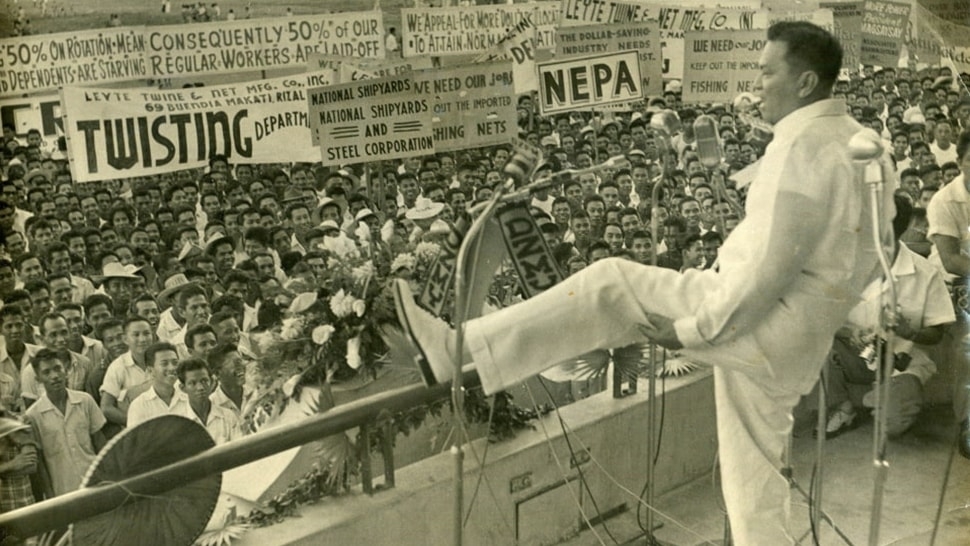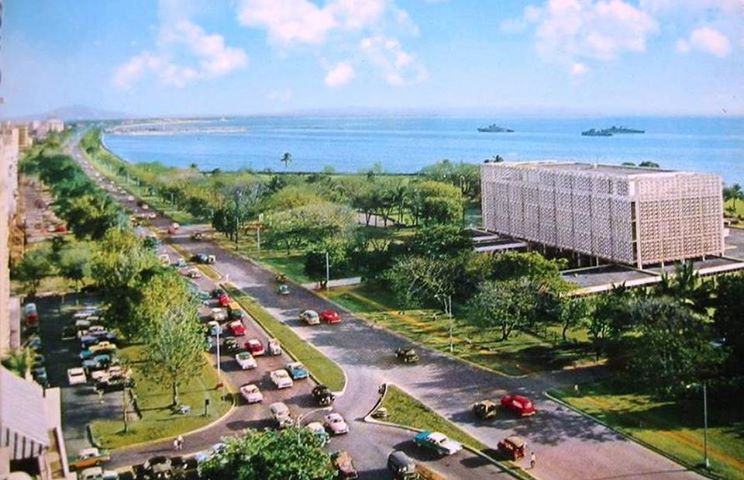The Philippines' Golden Age, also known as the country's "economic miracle", was a period of rapid economic growth and social progress that lasted from the 1950s to the early 1970s. The country's GDP grew at an average rate of 6% per year during this time, making it one of the most prosperous countries in Asia, second only to Japan.
The roots of the Philippines' Golden Age can be traced back to the post-World War II era, when the country gained its independence from the United States in 1946. The Philippines was left with a struggling economy, a large debt burden, and a lack of infrastructure, which made it difficult to attract foreign investment and create jobs.
However, the Philippine government, led by President Ramon Magsaysay, implemented a series of policies aimed at boosting economic growth and improving the lives of its citizens. These policies included land reform, the promotion of small and medium-sized enterprises, and the modernization of agriculture.

The government also focused on attracting foreign investment, particularly from the United States and Japan. The country's strategic location in the Asia-Pacific region made it an attractive destination for businesses looking to take advantage of the growing demand for exports.
The agricultural sector played a crucial role in the Philippines' economic growth during the Golden Age. The country introduced new farming technologies and modern techniques, which led to an increase in productivity and output. The Philippines was able to export rice, coconut, and sugar, which brought in significant amounts of foreign exchange.

In addition to its agricultural success, the Philippines also developed its manufacturing industry during this period. The country produced goods such as textiles, electronics, and automotive parts, which were in high demand globally. This helped the country diversify its economy and reduce its dependence on agriculture.
The Philippines' Golden Age was also marked by social progress. The government implemented policies aimed at improving education, healthcare, and social welfare. This led to an increase in literacy rates and a decline in infant mortality rates, among other improvements.

However, the Philippines' Golden Age was not without its challenges. One of the main issues was corruption, which plagued the government and hindered progress. Another challenge was the lack of infrastructure development, which made it difficult for businesses to transport goods and communicate with customers.
Despite these challenges, the Philippines continued to thrive during this period. The country's success was recognized globally, and it was even considered a model for other developing countries.

Unfortunately, the Philippines' Golden Age was short-lived. The country was hit by a series of economic crises in the 1970s, which led to a decline in economic growth. Internal factors such as political instability and corruption, as well as external factors such as the oil crisis and a global economic slowdown, contributed to the decline.
Today, the Philippines is still a developing country, and it continues to face numerous challenges such as poverty, inequality, and political instability. However, the country has also made significant progress in recent years, particularly in terms of economic growth and social development.
The Philippines' Golden Age remains an important chapter in the country's history. It serves as a reminder of what the country is capable of achieving, given the right policies and leadership. The lessons learned from this period can be applied to the Philippines' current challenges, as well as to other developing countries looking to achieve economic and social progress.



















